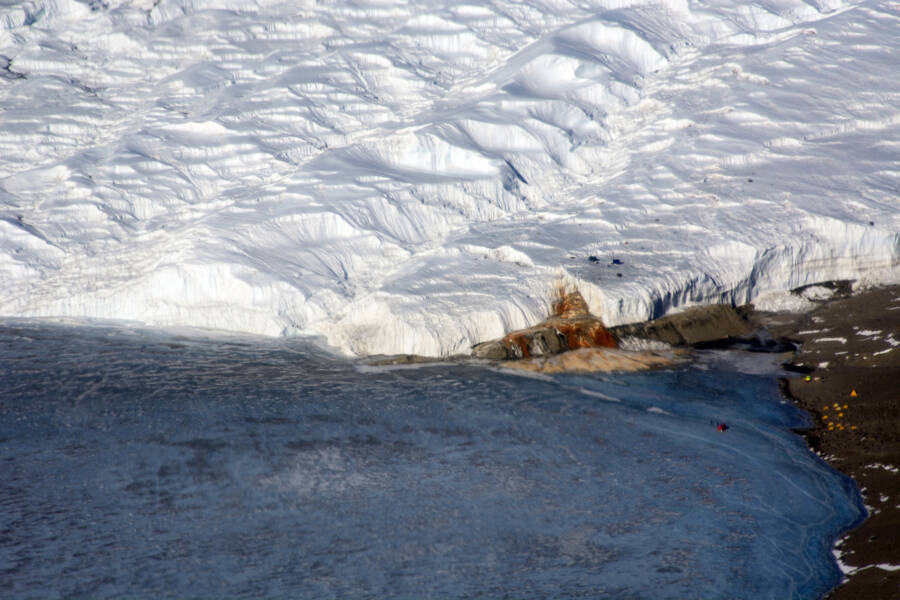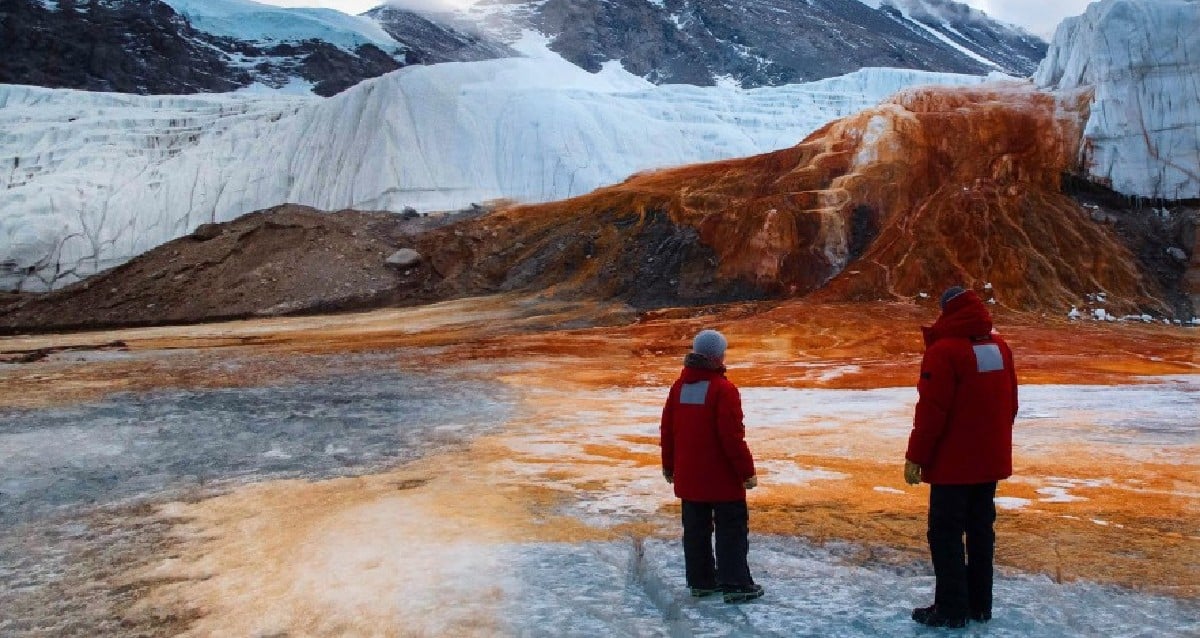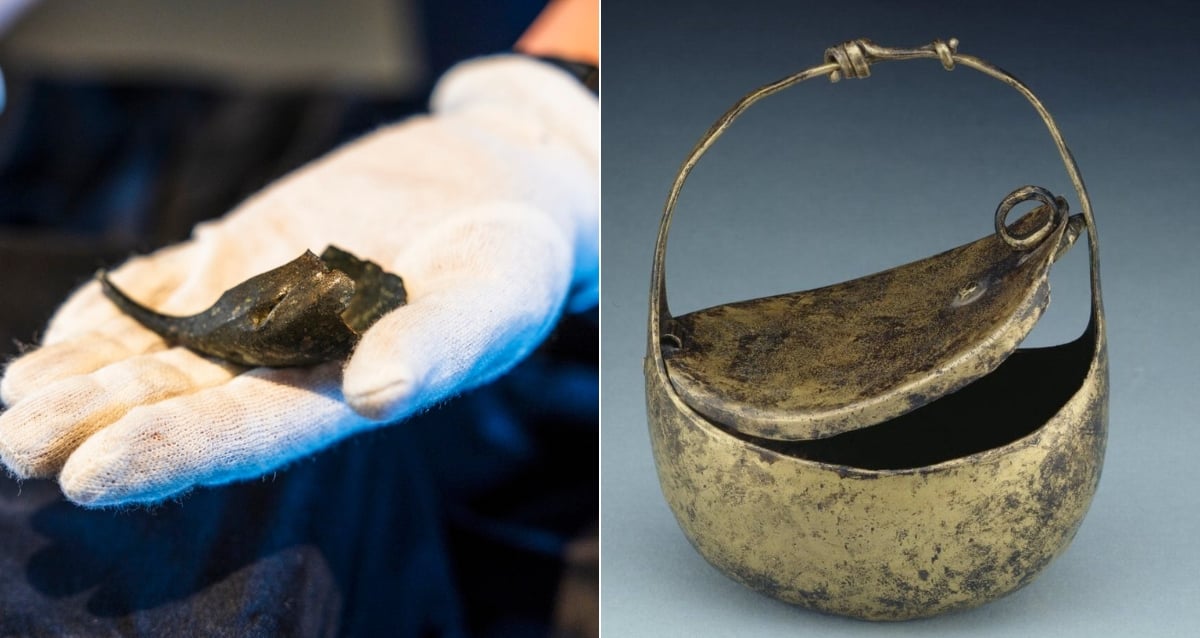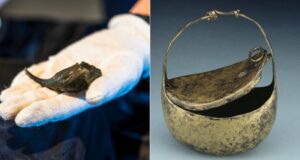Unveiling Antarctica’s Blood Falls: Is This Mysterious Glacier Hiding a Dark Secret?

Wikimedia CommonsAn aerial view of Blood Falls.
With that, the red color of Blood Falls had been solved. But it wasn’t the only mystery that the researchers considered during their study. Certainly, the bloody color of the waterfall was the most eye-catching thing about the glacier, but the researchers also sought to find out why the water of Blood Falls was able to flow like a waterfall, and not freeze in the ice.
During the course of their study, they solved this mystery as well.
How Does Taylor Glacier’s Water Remain Liquid?
Given the frigid Antarctic temperatures, running liquid water might seem an odd occurrence — especially flowing from a glacier as Blood Falls flows from Taylor Glacier. Once again, however, the flow of Blood Falls’ red water can be attributed to its briny composition.
Even though Taylor Glacier is frozen all the way to the ground, and even though the temperature of its ice is far beneath the freezing point of 32 degrees Fahrenheit, its briny groundwater behaves differently than the glacial ice. Saltwater has a lower freezing point than freshwater and, since it releases heat as it freezes, it melts the ice. This, in turn, allows Blood Falls to flow from the glacier like a slow-moving waterfall.
“While it sounds counterintuitive, water releases heat as it freezes, and that heat warms the surrounding colder ice,” study lead author Jessica Badgeley explained in a 2017 statement about the discovery. She added: “Taylor Glacier is now the coldest known glacier to have persistently flowing water.”














Post Comment